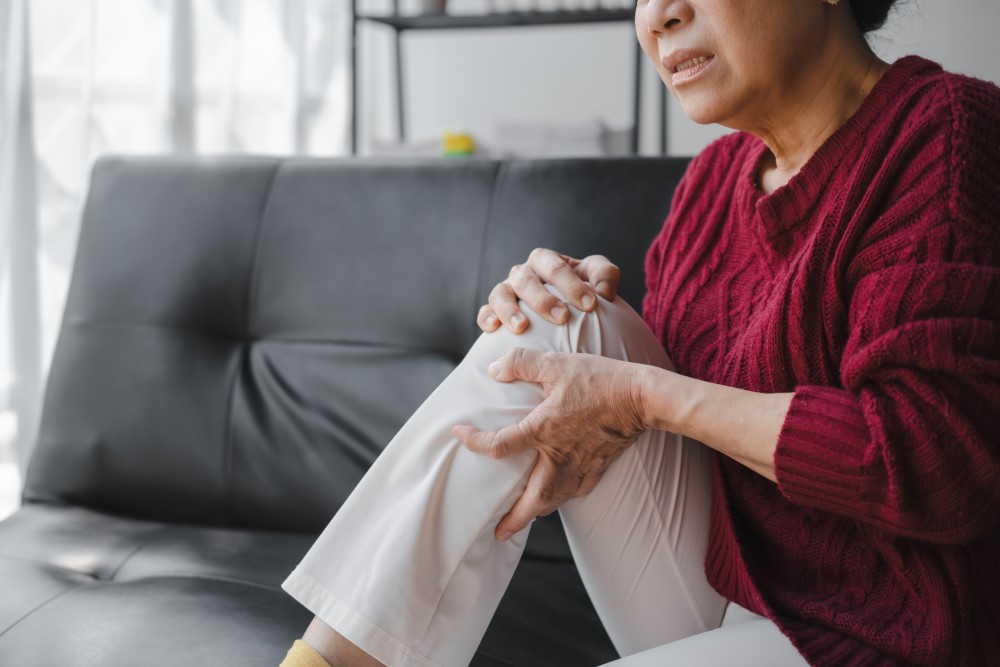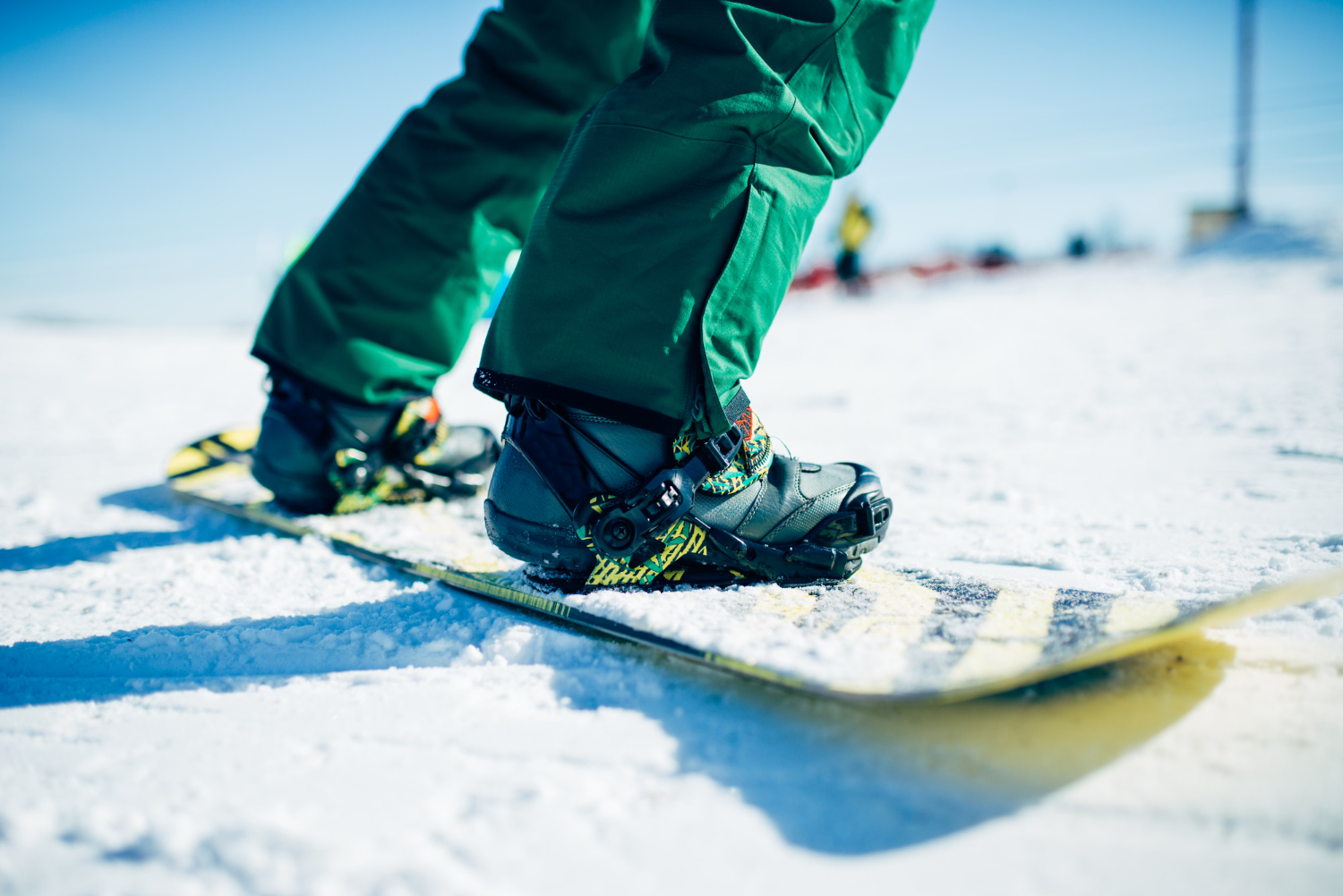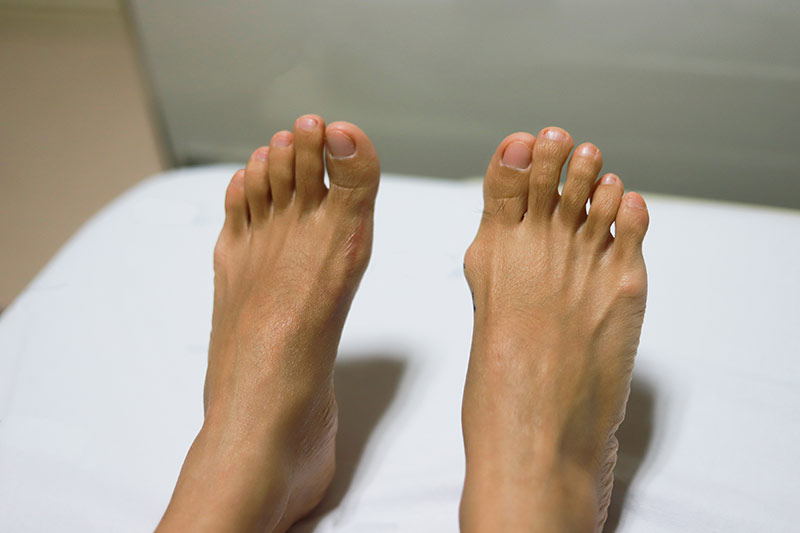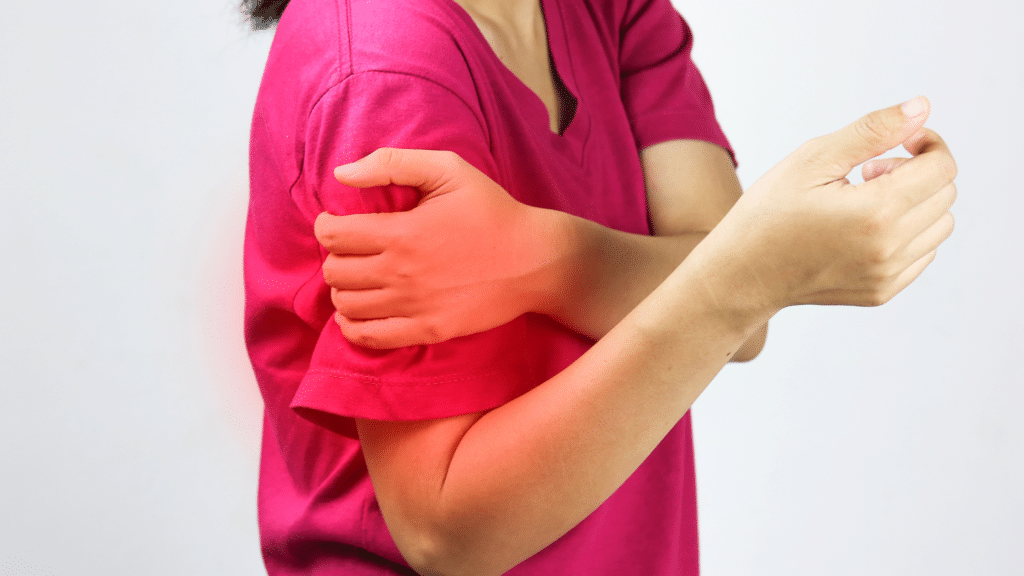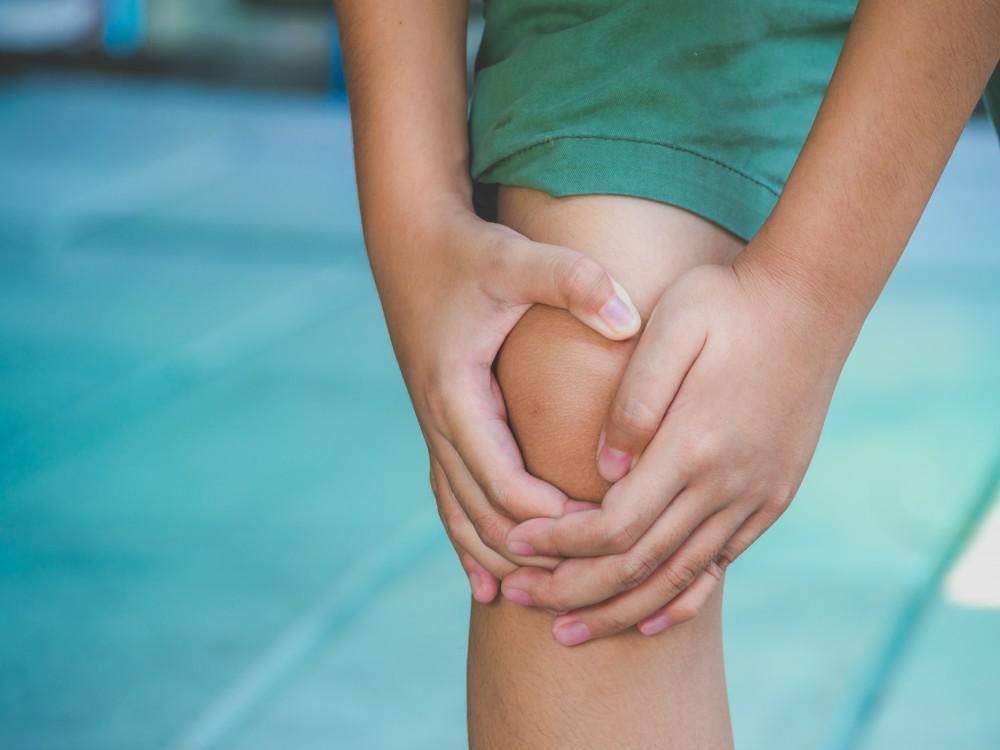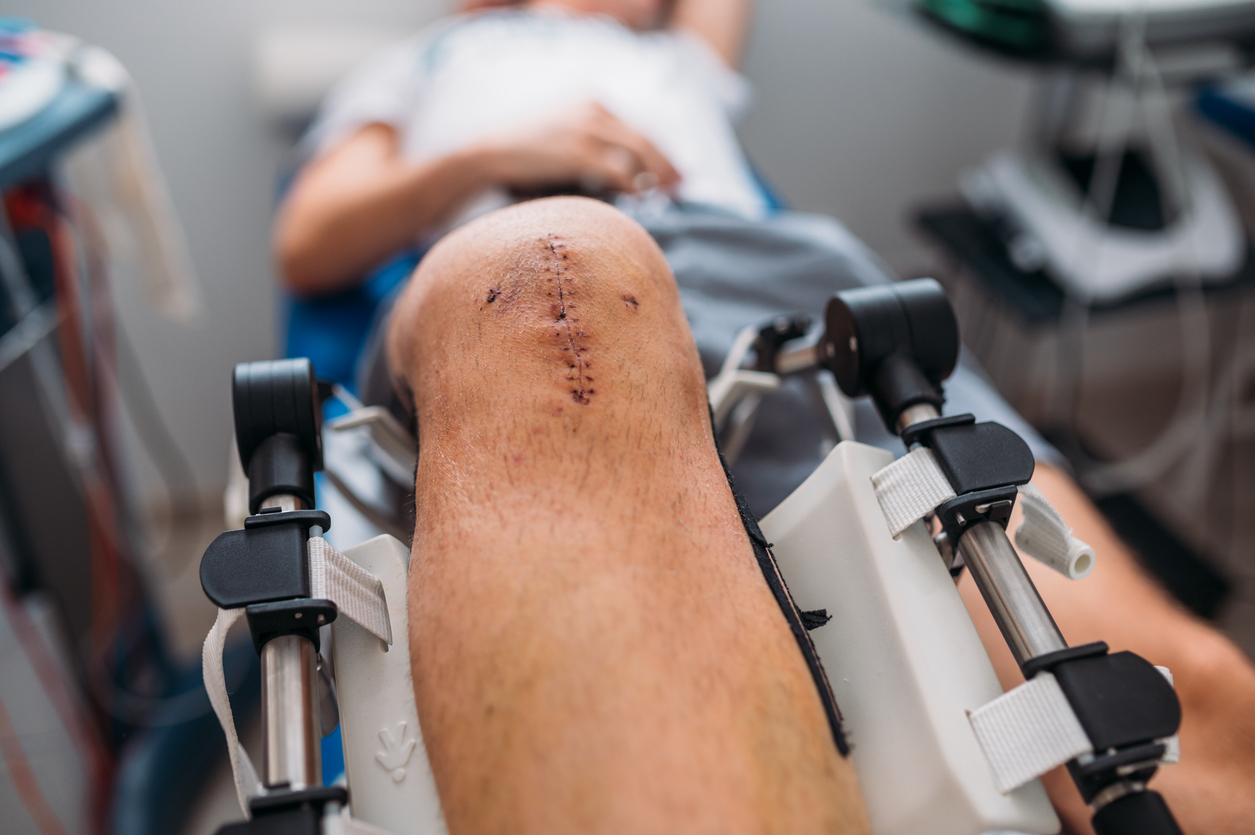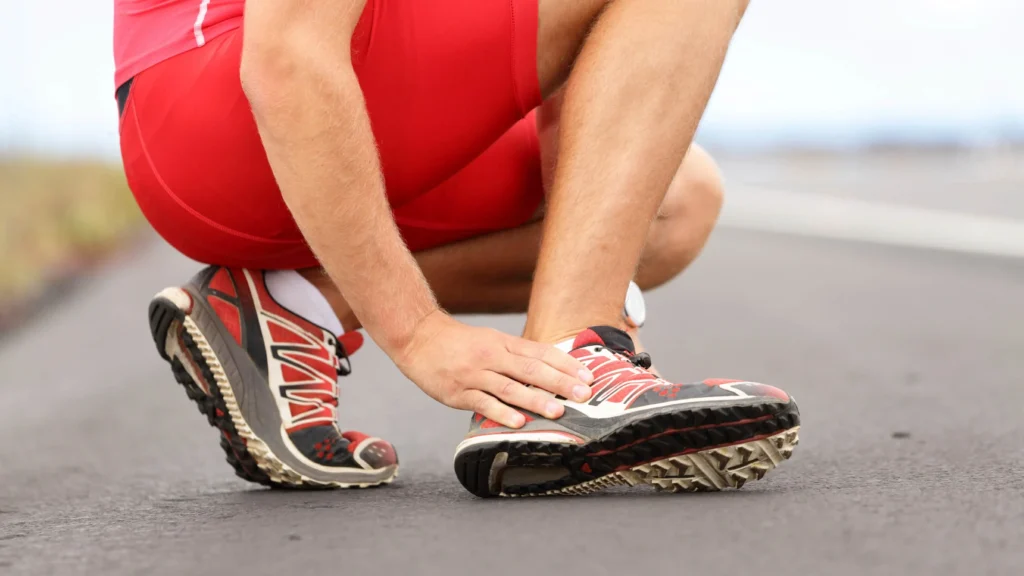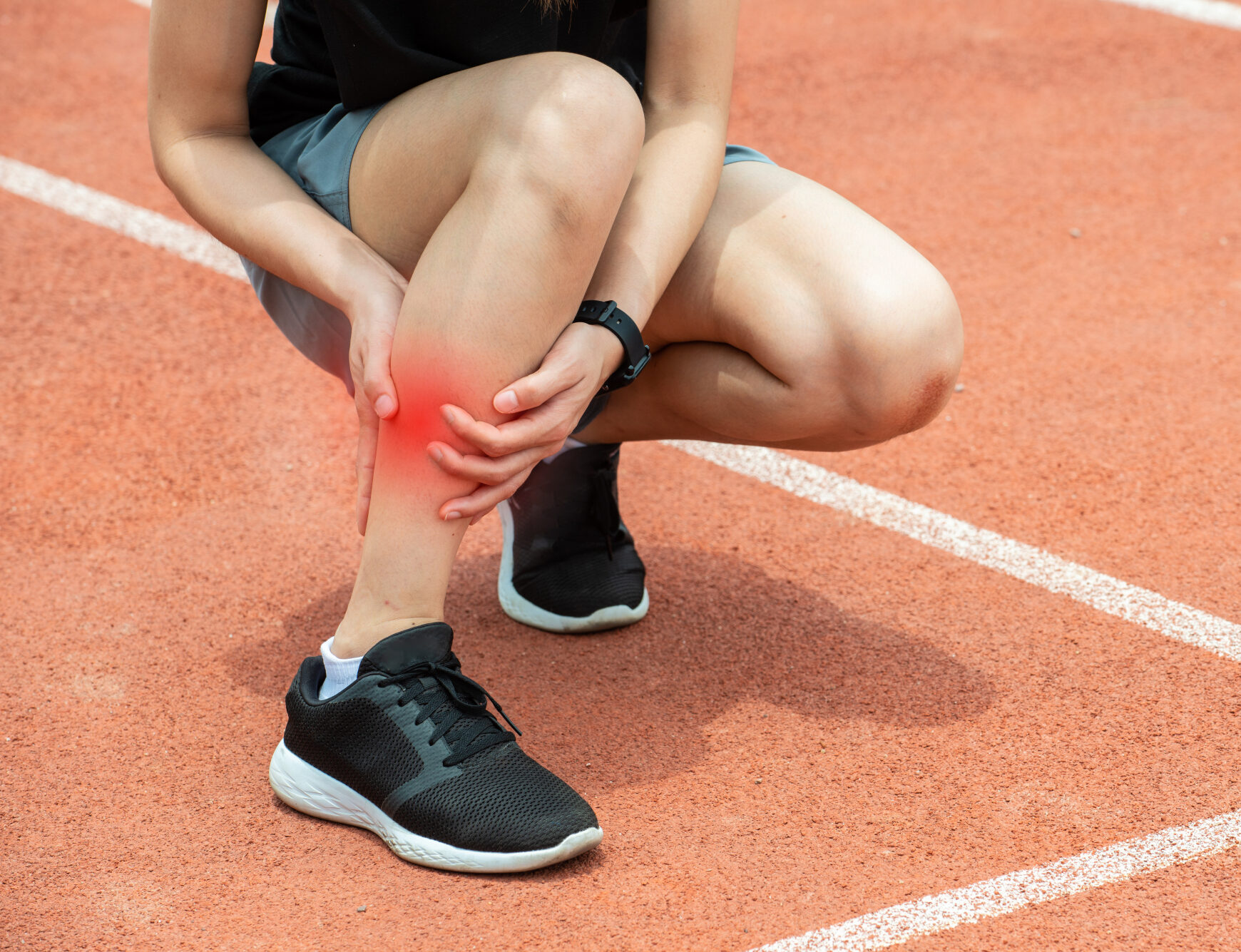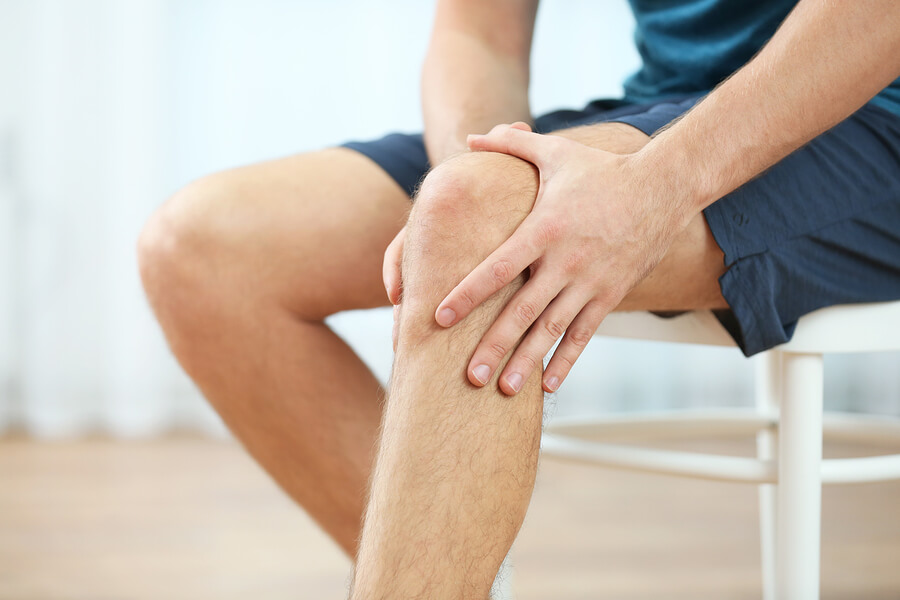Do you wake up in the morning with a stiffness that makes you feel like you’ve aged overnight? Or do you find yourself wincing with every step, your joints protesting with each movement? If so, you’re not alone. Our bodies wear and tear as we age, leading to conditions like osteoarthritis and other orthopaedic issues that can cause persistent pain and discomfort. But fear not! There are ways to find relief and make those aching joints a little less bothersome. Let’s look into five effective strategies that can help older adults manage joint pain and reclaim their mobility and comfort.
1. Move it or Lose it: Exercise for Joint Health
You might think that moving more could exacerbate joint pain, but the opposite is true. Regular exercise is crucial for maintaining joint health and mobility, especially as we age. Low-impact activities like walking, swimming, and cycling can help strengthen the muscles around your joints, improve flexibility, and reduce stiffness. Aim for at least 30 minutes of moderate exercise most days of the week.
Don’t forget to incorporate strength training exercises to build muscle and support your joints even further. And if you’re not sure where to start, consider consulting an orthopaedic specialist or physical therapist who can create a personalised exercise plan tailored to your needs and abilities.
2. Heat and Cold Therapy: Soothe Those Aching Joints
Sometimes, a little heat or cold can work wonders for easing joint pain. Heat therapy, like using heating pads or warm baths, can help relax muscles and improve blood circulation to the affected area, reducing stiffness and promoting healing. On the other hand, cold therapy, such as ice packs or cold compresses, can numb the area, reduce inflammation, and alleviate pain.
Experiment with both heat and cold therapy to see which one works best for you, or alternate between the two for maximum relief. Just remember to use them safely and avoid applying heat or cold directly to your skin for too long to prevent burns or frostbite.
3. Explore Alternative Therapies: Acupuncture and TENS
In addition to traditional treatments, alternative therapies like acupuncture and transcutaneous electrical nerve stimulation (TENS) can also provide relief for joint pain. Acupuncture involves inserting thin needles into specific points on the body to stimulate nerves and release endorphins, the body’s natural painkillers. Many people find acupuncture to be effective for managing chronic pain conditions, including osteoarthritis.
Similarly, TENS therapy uses low-voltage electrical currents to target and disrupt pain signals, offering pain relief without the need for medication. Talk to your orthopaedic specialist about whether these alternative therapies might be suitable for you and find a qualified practitioner to administer them safely.
4. Maintain a Healthy Weight: Lighten the Load on Your Joints
Carrying excess weight puts added stress on your joints, particularly those in your knees, hips, and spine, exacerbating pain and increasing the risk of developing osteoarthritis. By maintaining a healthy weight, you can lighten the load on your joints and reduce the strain, potentially alleviating pain and improving mobility.
Focus on adopting a balanced diet rich in fruits, vegetables, whole grains, and lean proteins, and aim to incorporate regular physical activity into your routine to support weight management efforts. Even a modest weight loss of just 5-10% can make a significant difference in relieving joint pain and enhancing overall quality of life.
5. Practice Mindfulness and Stress Management
Last but not least, don’t underestimate the power of mindfulness and stress management techniques in coping with joint pain. Chronic pain can take a toll on your mental and emotional well-being, leading to increased stress, anxiety, and depression, which can, in turn, exacerbate your perception of pain.
Incorporating relaxation techniques such as deep breathing, meditation, yoga, or tai chi into your daily routine can help calm your mind, reduce stress levels, and promote a sense of overall well-being. Additionally, cultivating a positive outlook and finding ways to stay engaged and connected with loved ones and activities you enjoy can distract from pain and enhance your resilience in the face of adversity.
Consult an Orthopedic Doctor for Personalised Guidance
While these strategies can effectively manage joint pain, it’s essential to remember that every individual’s situation is unique. If you’re experiencing persistent joint pain or discomfort, it’s crucial to consult an orthopaedic doctor for personalised guidance and treatment options. Orthopaedic specialists are trained to diagnose and treat musculoskeletal conditions, osteoarthritis, and other joint-related issues. They can thoroughly evaluate your symptoms, recommend appropriate interventions, such as medication, physical therapy, or surgical options if necessary, and provide ongoing support to help you achieve optimal joint health and mobility.
Don’t hesitate to contact a qualified specialist to address your concerns and embark on a path toward long-term relief and improved quality of life. Your joints deserve the best care possible, so take the first step toward greater comfort and mobility by scheduling a consultation with an orthopaedic doctor today.
Takeaway
Managing joint pain as you age is possible with lifestyle modifications, therapies, and self-care practices. By staying active, exploring various treatment options, maintaining a healthy weight, and prioritising your mental and emotional well-being, you can find relief from aching joints and reclaim your vitality and independence. Remember, there is always time to take control of your joint health and live life to the fullest. So why wait? Start implementing these strategies today and embark on a journey toward a pain-free tomorrow. Your joints will thank you for it!

